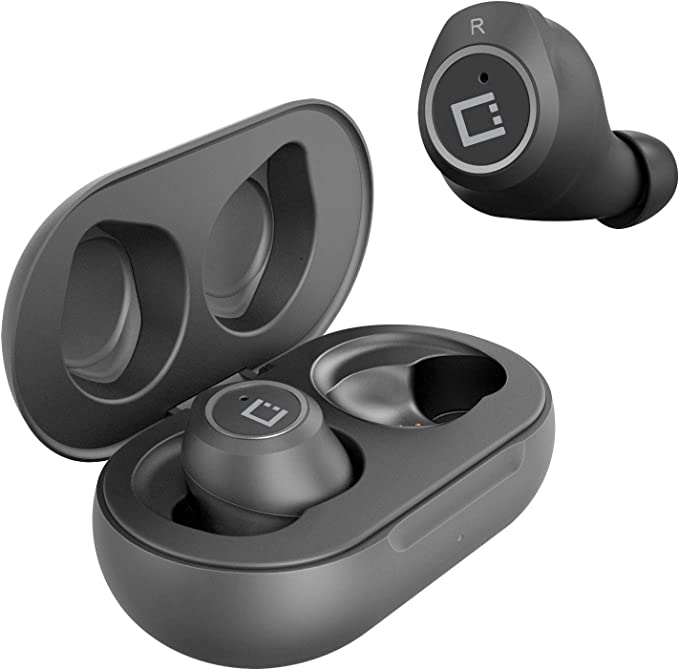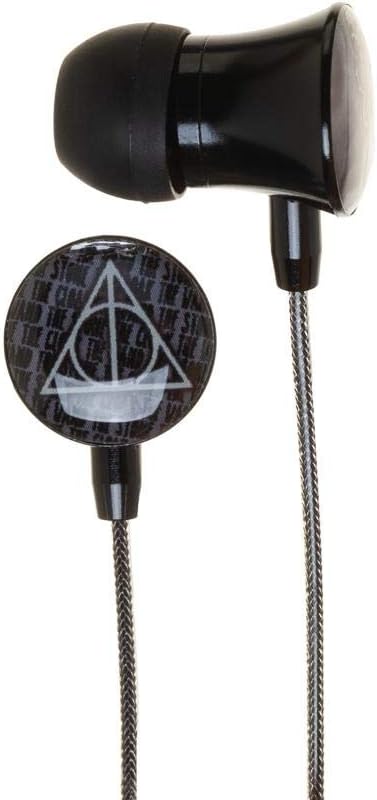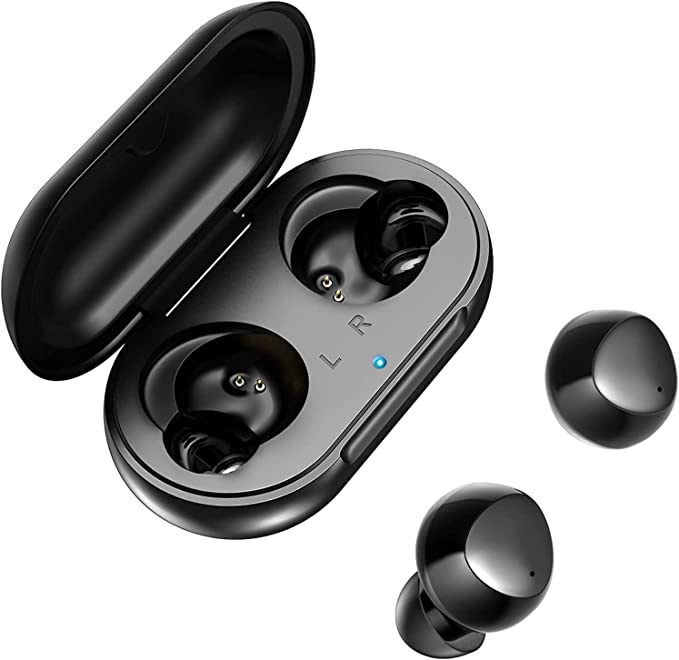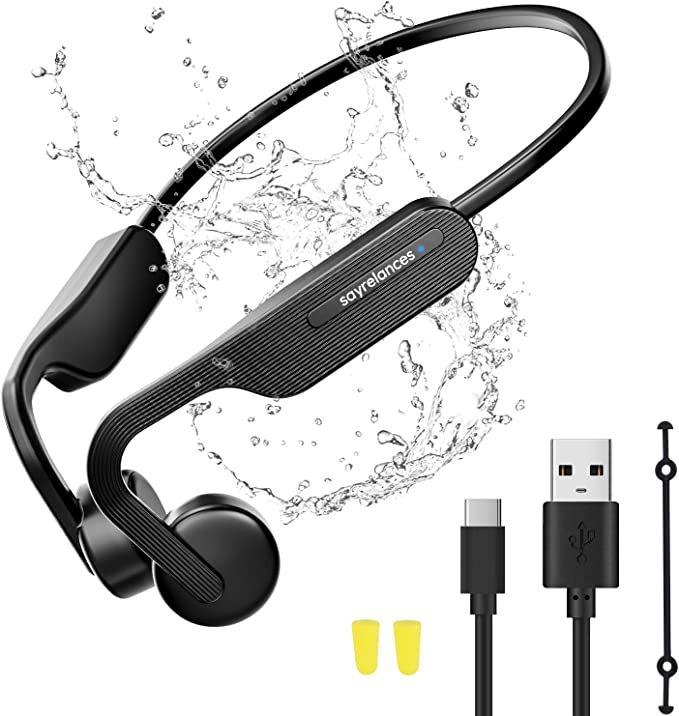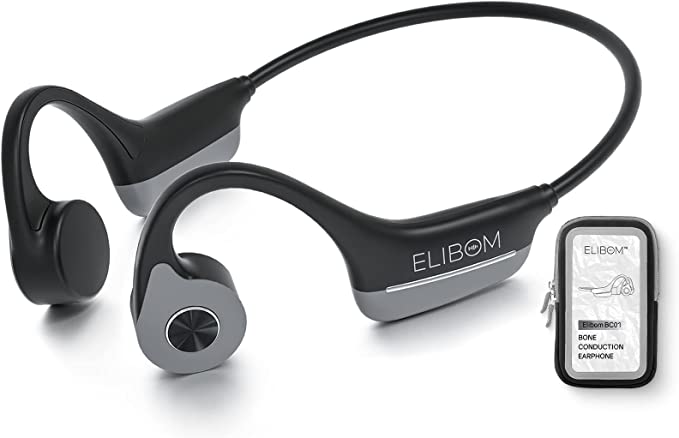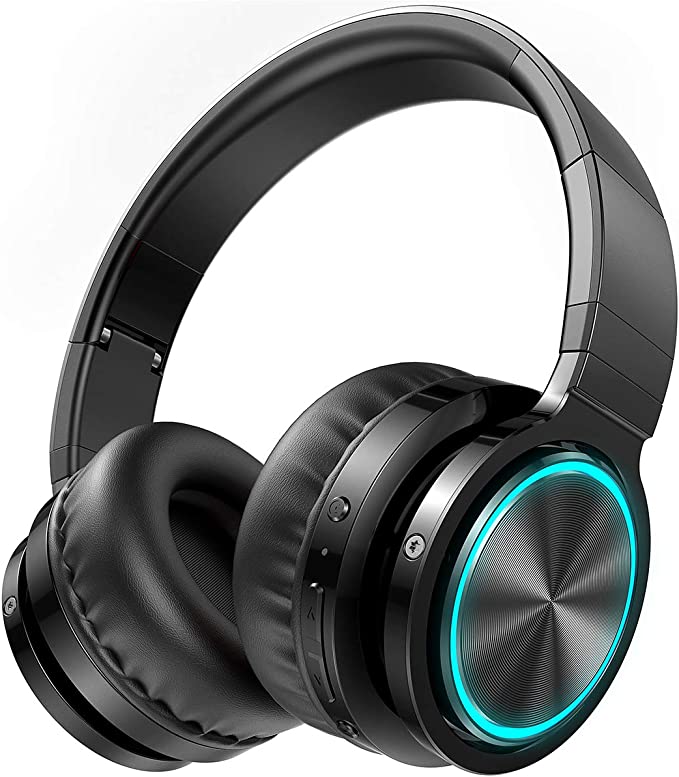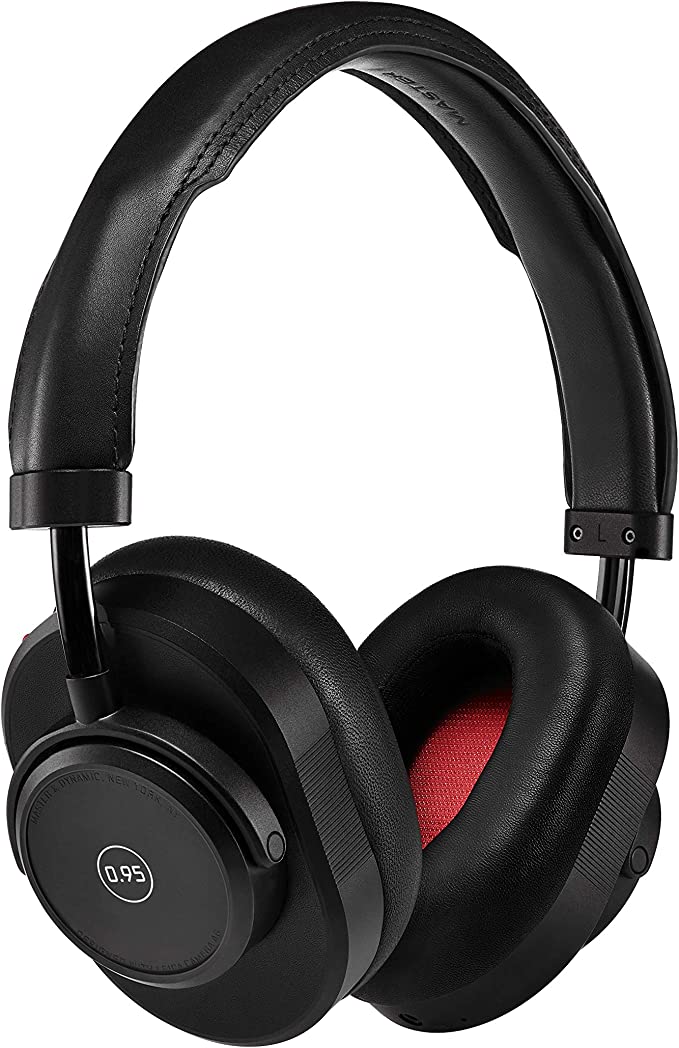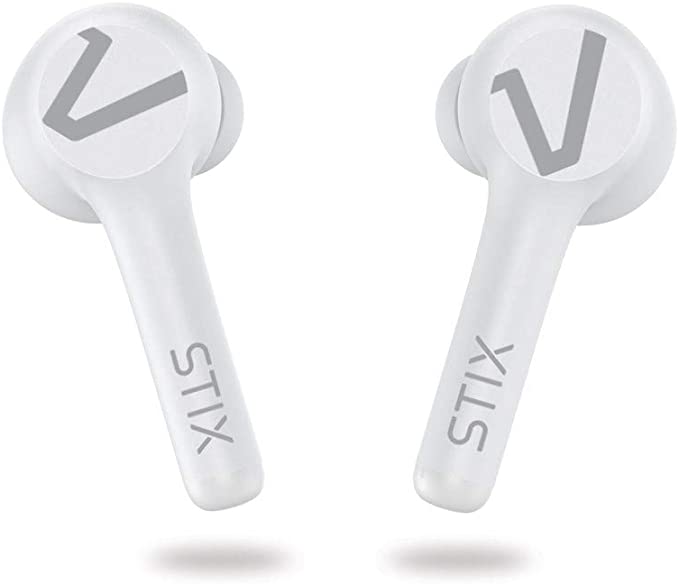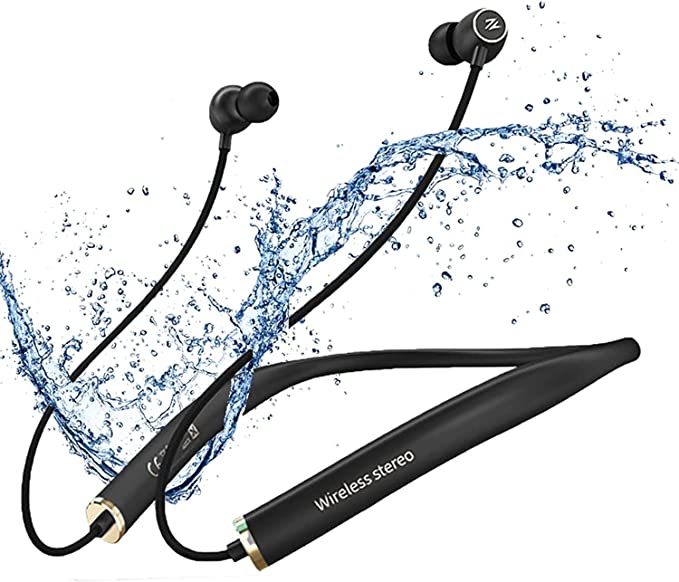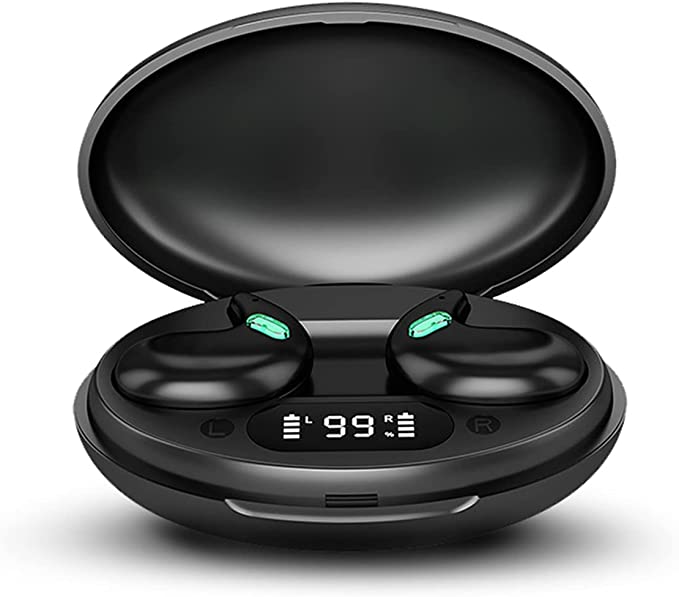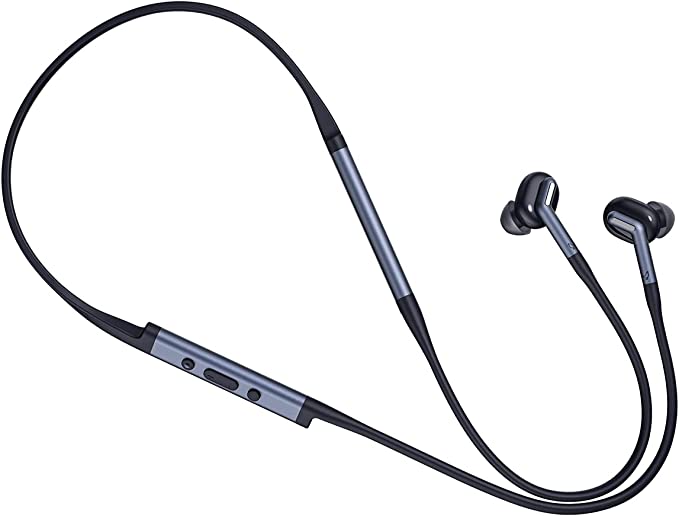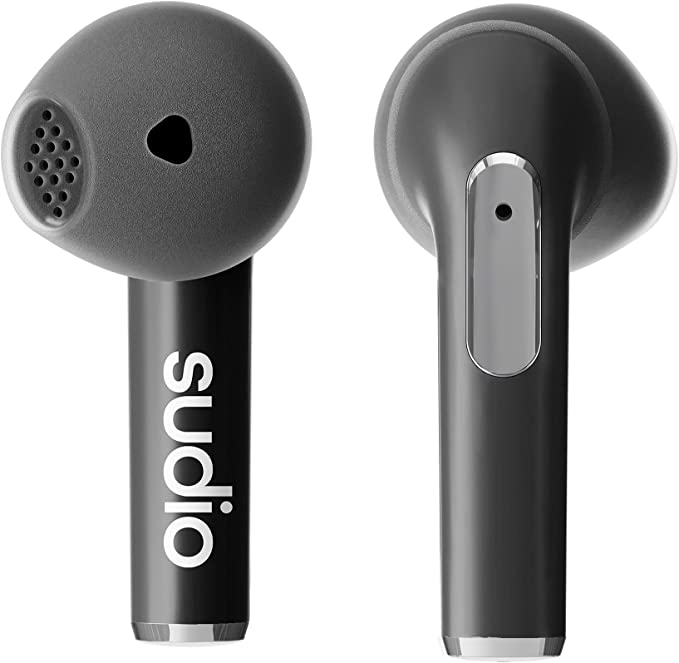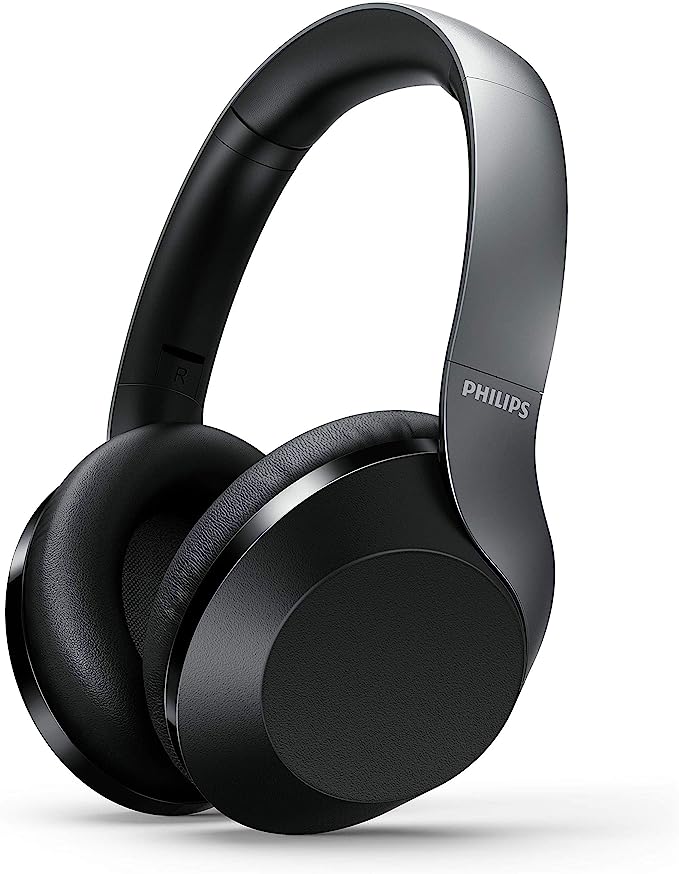Cleer Ally True Wireless Earbuds: Long-Lasting Sound for Your Active Life
Update on Feb. 9, 2025, 5:49 p.m.
Earbuds. Those tiny companions that deliver our daily soundtracks, podcasts, and phone calls have become ubiquitous. Yet, how often do we pause to consider the remarkable technology packed into these miniature marvels? While we often take them for granted, the frustration is palpable when our wireless earbuds falter – a dropped connection during a crucial call, a dead battery mid-workout, or an uncomfortable fit that ruins a listening session. The Cleer Ally True Wireless Earbuds aim to address these common pain points, but not through mere marketing claims. Instead, they offer a solid foundation of well-established technologies, cleverly implemented. Let’s delve into the science that makes these earbuds tick.

A Sonic Journey: From Gramophones to Your Pocket
To truly appreciate the Cleer Ally, and wireless earbuds in general, it’s helpful to take a brief detour through the history of personal audio. Imagine the sheer bulk of early gramophones, with their large horns and hand-cranked mechanisms. These were marvels of their time, but hardly portable. The invention of the transistor in the mid-20th century revolutionized electronics, paving the way for smaller, more portable radios and, eventually, personal music players like the Walkman. Headphones, too, evolved from bulky, over-ear designs to lighter, more discreet models. The final leap – the elimination of wires – came with the advent of wireless technologies, most notably Bluetooth.
Breaking the Chains: The Wireless Revolution and Bluetooth 5.0
Bluetooth, named after a 10th-century Danish king, Harald Bluetooth, who united warring tribes, is a wireless technology standard that allows devices to communicate over short distances using radio waves. It’s the invisible thread that connects your earbuds to your phone, your speaker to your tablet, and countless other devices. The story of Bluetooth begins in the 1990s, with Ericsson Mobile Communications leading the charge. The goal was to create a standardized way for devices to communicate wirelessly, replacing the tangle of cables that plagued the era.
Early versions of Bluetooth were relatively power-hungry and prone to interference. However, each iteration brought improvements in data transfer rates, range, and power efficiency. The Cleer Ally earbuds utilize Bluetooth 5.0, a significant step forward. Compared to its predecessors, Bluetooth 5.0 offers several key advantages:
- Enhanced Stability: Bluetooth 5.0 employs more sophisticated frequency-hopping techniques, making the connection less susceptible to interference from other wireless devices. This translates to fewer dropouts and a more reliable listening experience.
- Extended Range: While the actual range depends on environmental factors, Bluetooth 5.0 can theoretically support connections up to four times farther than previous versions. This means you can move around more freely without losing your connection.
- Reduced Power Consumption: Bluetooth 5.0 is designed to be more energy-efficient, which is crucial for battery-powered devices like wireless earbuds. This contributes significantly to the Ally’s extended playtime.
- Increased data speed.
How does it work? Bluetooth operates in the 2.4 GHz ISM (Industrial, Scientific, and Medical) band, a globally unlicensed frequency range. It uses a technique called “frequency hopping,” where the signal rapidly switches between different frequencies within this band. This helps to avoid interference and maintain a stable connection. When you pair your Cleer Ally earbuds with your phone, they establish a secure, encrypted connection, ensuring that only your devices can communicate with each other.

Tiny Titans: Neodymium Drivers and the Science of Sound
The heart of any earbud is its driver, the tiny speaker that converts electrical signals into sound waves. The Cleer Ally earbuds utilize 5.88mm drivers, a seemingly small size, but packed with power thanks to neodymium magnets.
Let’s break down the physics. Sound is essentially vibration. When you speak, your vocal cords vibrate, creating pressure waves in the air. These waves travel to your ear, where they vibrate your eardrum, which your brain interprets as sound. An earbud driver performs a similar function, but in reverse.
The driver contains a diaphragm, a thin, flexible membrane. An electrical signal, representing the audio, is sent to a coil of wire (the voice coil) attached to the diaphragm. This coil sits within a magnetic field, typically generated by a neodymium magnet. Neodymium is a rare-earth element that, when alloyed with iron and boron, creates incredibly strong permanent magnets. These magnets are far more powerful than traditional ferrite magnets, allowing for smaller and more efficient drivers.
When the electrical signal flows through the voice coil, it creates its own magnetic field. This field interacts with the permanent magnetic field of the neodymium magnet, causing the coil (and the attached diaphragm) to move back and forth rapidly. This movement creates pressure waves in the air, replicating the original sound waves. The frequency and amplitude of these waves determine the pitch and loudness of the sound you hear.
The advantage of neodymium magnets is their high magnetic flux density. This means they can generate a strong magnetic field in a small space. This allows earbud manufacturers to create smaller, lighter drivers without sacrificing sound quality. The stronger magnetic field also provides better control over the diaphragm’s movement, resulting in more accurate and detailed sound reproduction.

Endurance Unleashed: Lithium-Ion Batteries and All-Day Power
Wireless earbuds are, by definition, untethered. This freedom relies entirely on battery power, and the Cleer Ally earbuds excel in this department, offering 10 hours of playback on the earbuds themselves and an additional 20 hours from the charging case. This impressive endurance is thanks to the widespread adoption of lithium-ion (Li-ion) batteries.
Li-ion batteries have revolutionized portable electronics, powering everything from smartphones to electric vehicles. Their popularity stems from their high energy density, meaning they can store a significant amount of energy in a relatively small and lightweight package.
The history of Li-ion batteries can be traced back to the early 20th century, with fundamental research into lithium’s electrochemical properties. However, it wasn’t until the 1970s and 1980s that significant progress was made, with researchers like John Goodenough, Rachid Yazami, and Akira Yoshino making crucial breakthroughs. Sony commercialized the first Li-ion battery in 1991, ushering in a new era of portable electronics.
How do they work? A Li-ion battery consists of several key components:
- Anode: Typically made of graphite, the anode stores lithium ions during charging.
- Cathode: Usually made of a lithium metal oxide (e.g., lithium cobalt oxide), the cathode releases lithium ions during discharge.
- Electrolyte: A liquid or gel that allows lithium ions to flow between the anode and cathode.
- Separator: A thin, porous membrane that prevents the anode and cathode from coming into direct contact, preventing short circuits.
During charging, lithium ions move from the cathode, through the electrolyte, to the anode, where they are stored. During discharge (when the earbuds are in use), the lithium ions flow back from the anode to the cathode, creating an electrical current that powers the device. This process is reversible, allowing the battery to be recharged hundreds or even thousands of times.
While Li-ion batteries offer numerous advantages, they also have limitations. They can be sensitive to temperature extremes, and overcharging or deep discharging can degrade their performance over time. However, sophisticated battery management systems in devices like the Cleer Ally earbuds help to mitigate these risks and prolong battery life.
The Perfect Fit: Ergonomics and the Human Ear
Sound quality and battery life are essential, but if earbuds are uncomfortable or constantly fall out, they’re practically useless. The Cleer Ally earbuds address this crucial aspect with an ergonomic design and a selection of ear tips and wingtips.
The human ear is a remarkably complex and varied structure. The outer ear, or pinna, funnels sound waves into the ear canal, which leads to the eardrum. The shape and size of the pinna and ear canal vary significantly from person to person. This presents a significant challenge for earbud designers: how to create a device that fits securely and comfortably in a wide range of ears.
The Cleer Ally earbuds tackle this challenge by providing multiple sizes of silicone ear tips and wingtips. The ear tips create a seal within the ear canal, blocking out external noise and improving sound quality. The wingtips, which fit into the concha (the bowl-shaped part of the outer ear), provide additional stability, preventing the earbuds from dislodging during movement.
By offering a variety of sizes, the Ally earbuds allow users to customize the fit to their individual ear anatomy. This not only enhances comfort but also ensures optimal sound performance. A good seal is crucial for delivering rich bass and preventing sound leakage.

Weathering the Storm: IPX5 and Everyday Durability
Life happens. We sweat, we get caught in the rain, and we occasionally spill things. The Cleer Ally earbuds are designed to withstand these everyday challenges, thanks to their IPX5 rating.
IPX stands for “Ingress Protection,” and it’s a standard that defines a device’s level of protection against solids (like dust) and liquids (like water). The “X” in IPX5 indicates that the device has not been tested for dust protection. The “5” indicates its level of water resistance.
Here’s a breakdown of the relevant IPX levels for water resistance:
- IPX0: No protection.
- IPX1: Protected against vertically falling water drops.
- IPX2: Protected against vertically falling water drops when tilted up to 15 degrees.
- IPX3: Protected against spraying water.
- IPX4: Protected against splashing water.
- IPX5: Protected against water jets.
- IPX6: Protected against powerful water jets.
- IPX7: Protected against immersion in water up to 1 meter.
- IPX8: Protected against immersion in water beyond 1 meter (specific depth and duration defined by the manufacturer).
The Cleer Ally’s IPX5 rating means it can withstand water jets from any direction. This makes them ideal for workouts, as they are resistant to sweat. It also means they can handle light rain showers. However, it’s important to note that IPX5 does not make them suitable for swimming or submersion in water.
Intuitive Interaction: Seamless Setup and Touch Controls
The Cleer Ally earbuds are designed for ease of use. Pairing them with your phone or other Bluetooth-enabled device is a straightforward process. Removing the earbuds from their charging case automatically puts them into pairing mode. Simply select “Cleer Ally” from your device’s Bluetooth menu, and you’re connected.
Once paired, you can control playback and manage calls using touch-sensitive controls on the earbuds themselves. A tap or series of taps can pause or play music, answer or decline calls, and adjust the volume. This eliminates the need to fumble with your phone, providing a more seamless and convenient listening experience. While some users might initially find the touch controls require a bit of practice to master, they quickly become second nature. If connection is lost placing the ear buds back in their case, then removing them again to re-initiate pairing. Ensure your phone’s Bluetooth is enabled and searching for devices

Conclusion:
The Cleer Ally True Wireless Earbuds, while seemingly simple devices, represent a culmination of advancements in audio technology, wireless communication, and materials science. From the historical roots of personal audio to the intricacies of Bluetooth 5.0, neodymium drivers, and Li-ion batteries, these earbuds embody a remarkable blend of engineering and design. They provide a compelling example of how complex technologies can be seamlessly integrated into everyday objects, enhancing our lives in subtle yet significant ways. While they might not be “revolutionary,” they represent a solid step forward in the ongoing evolution of wireless audio, prioritizing practicality, durability, and user experience.




